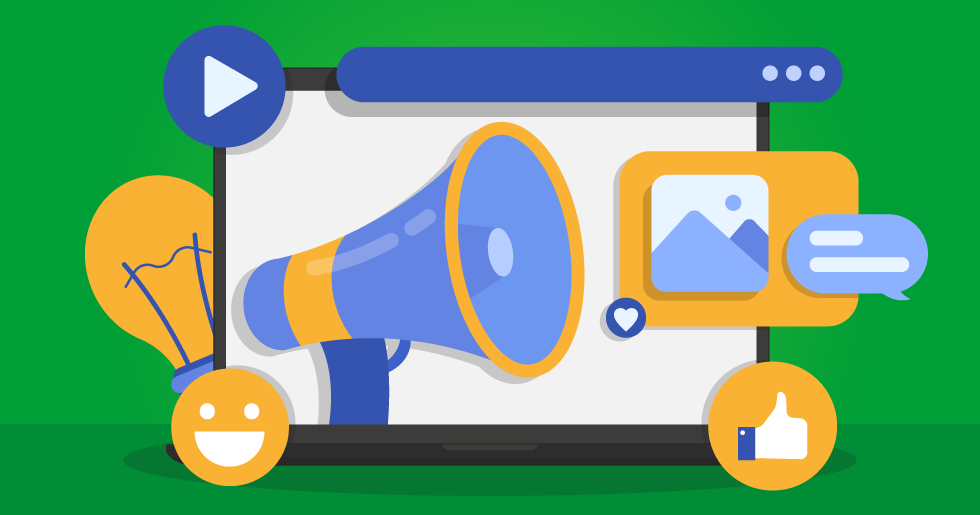
To create a content marketing plan, the first step is to determine your overall goals. These goals can be related to increasing website visitors, boosting conversions or creating a consistent voice. Depending upon the type of content that you are publishing, you may wish to create a series. After narrowing down your goals, you can start to formulate a plan to get there.
Keyword analysis
Before executing a content marketing plan, it is crucial to do some keyword analysis. You can use a keyword analysis to find the keywords your target audience is most interested in. Once you have a list of keywords, it is time to assign them to your topics. To do this, first enter your keywords into column A, then check to see if they have the same spelling. Then, you can use data validation to create an order drop-down. To limit your selection, you may also edit your criteria.
Target audience

Before you start writing content, it is important to research your audience. It is important to identify the demographics of your audience and their search terms. This information could be found in social media mentions, comments on blogs posts, or even customer support email addresses. The best way to create content that is relevant to your audience's needs is by identifying their pain points. Include a section of your content marketing plan template that addresses these issues for quick reference. After all, content that is not helpful to your target audience is a waste of time.
Timeline
Content marketing plan templates are a useful tool for tracking and evaluating content strategy and campaign performance. These templates enable you to set goals and content categories. You can also make sure that your team meets key deadlines. This type of template can be useful for identifying the target market and your competitive advantage. These templates are also useful for creating action plans that will guide you through the different components of a content campaign. These content marketing project management strategies will provide more details.
Formats
Your audience, goals and purpose will determine the format of your content marketing plan. The template will assist you in selecting relevant topics, choosing content sources and identifying major opportunities. This template will guide you through the steps of content curation and selection, helping you to choose relevant topics, select content sources, and identify major opportunities. These are some of the most commonly used content marketing plan template formats:
Branded Designs

One of the best ways to ensure that your work looks professional and appealing is to use branded designs in content marketing plan templates. By incorporating your brand's colors as well as logos into content marketing plan templates, you can achieve this. If you already have a logo, you can even incorporate variations of it, such as a branded version of your company's logo. Branded designs are a great way to make your work look professional and uniform. It is possible to duplicate the content marketing plan template and make different layouts. You can use up to three or four layouts.
Automated parts
Automation offers many benefits when it comes content marketing. Automation makes it possible to target the right audience, create relevant content and convert prospects. Instapage Advertising Conversion Cloud automates post-ad click experiences, increasing ROI. Content marketing automation is now the future of marketing. The program automates parts of the content planning process and allows you to focus more on strategic aspects.
FAQ
What is Content Marketing?
This strategy involves creating relevant and valuable content for your blog or website. This content can include video, images, text, and infographics.
What is Content Strategist?
A content strategist assists brands in telling stories by crafting compelling messages that connect with their audiences emotionally. They are storytellers who focus on telling brand stories that help people make decisions and take action.
Content strategists are skilled at creating strategies that will engage customers and prospects. Data analytics and storytelling are used to create experiences that encourage consumers to shop in stores, purchase products, and then share the excitement with others online.
They also know how to integrate social networks into these campaigns. They are also skilled in using technology tools such video and virtual reality to provide powerful customer experiences.
In addition to creating digital content, content strategists translate these ideas into concrete plans that marketers need to execute. This includes creating content for different channels (such as print or television), developing creative briefs, and managing budgets.
How many hours per week should content marketing take?
It depends on your situation. It may not be necessary to invest much time in content marketing. Content marketing is not something you should do every day.
Is it easy to measure content marketing?
Yes! Measuring results is part of the process. It will help you decide if your efforts were a success and if you have to make any adjustments.
It's possible to track how many visitors came through different sources--including email, social, and paid ads, as well as track conversions such sales leads and purchase orders.
These metrics can tell you which pieces of content performed well and where your most significant opportunities lie.
How can you build a content-marketing strategy that works?
To create an effective content marketing plan, first, determine what kind of content you want to produce. Next, define your target market. Then determine how they use the Internet. Next, choose the best channels to reach your target audience. Finally, choose the right keywords for each channel and write compelling copy for each piece of content.
Statistics
- Seventy-two percent business to business (B2B) (mailchimp.com)
- Out of the 1,500 marketers we surveyed for our State of Content Marketing report, 78% who felt their content marketing strategy was exceptionally effective in 2021 had documented their strategy. (semrush.com)
- In fact, would pay more for a better customer experience, and 86% of B2B buyers would pay more. (neilpatel.com)
- Progress indicators (0–100%) allow each team member to see how attainable each goal is and understand what remains to be accomplished. (semrush.com)
- Forty-seven percent of buyers view 3 to 5 pieces of content before engaging with a sales representative. (mailchimp.com)
- Companies that use content marketing see approximately 30% higher growth rates than businesses not using it. (mailchimp.com)
- According to research compiled by Coschedule: Companies that publish 16+ blog posts a month get as much as 3.5x as much traffic as those that publish 0-4 posts a month. (criteo.com)
- Content marketing produces 3X more leads per dollar spent. Content marketing costs 62% less than traditional marketing. (criteo.com)
External Links
How To
How to create stunning photos
Images will make your content stand apart from the rest. Images are one of most effective methods of communicating ideas visually. They are excellent at grabbing attention, and increasing engagement. They make complex concepts easy to understand and can also be useful in highlighting key points in written content (e.g. blog posts, social media updates etc.). ).
Images can bring life to writing and presentations, and make them more engaging. You could end up with mediocre results if you don’t know how to select the right image. This article will provide tips on how to choose the best images possible for your next project.
-
You need to know what makes an image look good. There are several factors to take into consideration when choosing photos. First, it is important to choose images that have a clear and concise message. A cluttered image won't cut it. It won't attract attention the same way a clear, concise photo would. You also want to avoid images where people aren't smiling or aren't looking directly into the camera. This can make it appear that you don't care about what you say. It is important that your image does not distract from the main message you are trying convey. It shouldn't draw too much attention to the content.
-
Find inspiration. After you have a list with potential candidates, it's now time to go through them all and pick the ones that appeal to your heart. The first thing you should do is take a look at their captions. These may be written separately or included by some photographers. You need to ensure that the captions are clear enough to read. Pay attention to what the photo is referring to. Do you expect to see someone having a good time in the photo? It might be a dangerous place. It might be a place that you would not normally associate with happiness. Whatever the case, think about why you like the image and how it relates to the overall message you want to communicate.
-
Different types of images can be tested. The best thing about using images in your content? They allow you to highlight certain parts of your text. A picture of a product may be useful if your article is about it. If you offer an infographic, it may be a good idea to include a picture showing the data. These kinds of visual aids will help draw readers closer to your information, as they'll feel more connected to what you're sharing.
-
Choose the right file format. The file format you use is one of the most important things to consider when choosing images. Two file formats are available when you work on web pages. Both of these file formats are great, but each has advantages and disadvantages. JPEG files can be used on websites as well as social media posts. They are particularly useful for photos as they allow you to store large files in a very small area. However, they tend to lose quality over time, meaning they become pixelated after a few years. GIFs have a smaller file size than JPEGs and are therefore better suited to animation and graphics. They do not support transparency so they are unsuitable as photos.
-
Other visuals are also welcome. If you're struggling to come up with ideas for images, then it'd be wise to include some additional visuals within your content. It can make a huge difference to the effectiveness of your post, as it provides a distraction-free environment for your readers. This makes them less likely to abandon your site after reading your article. You can create infographics on your website to add more visuals. Infographics are very popular because they make it easy to share lots and lots of useful information. You can also add them to your blog posts because they often contain lots of images.